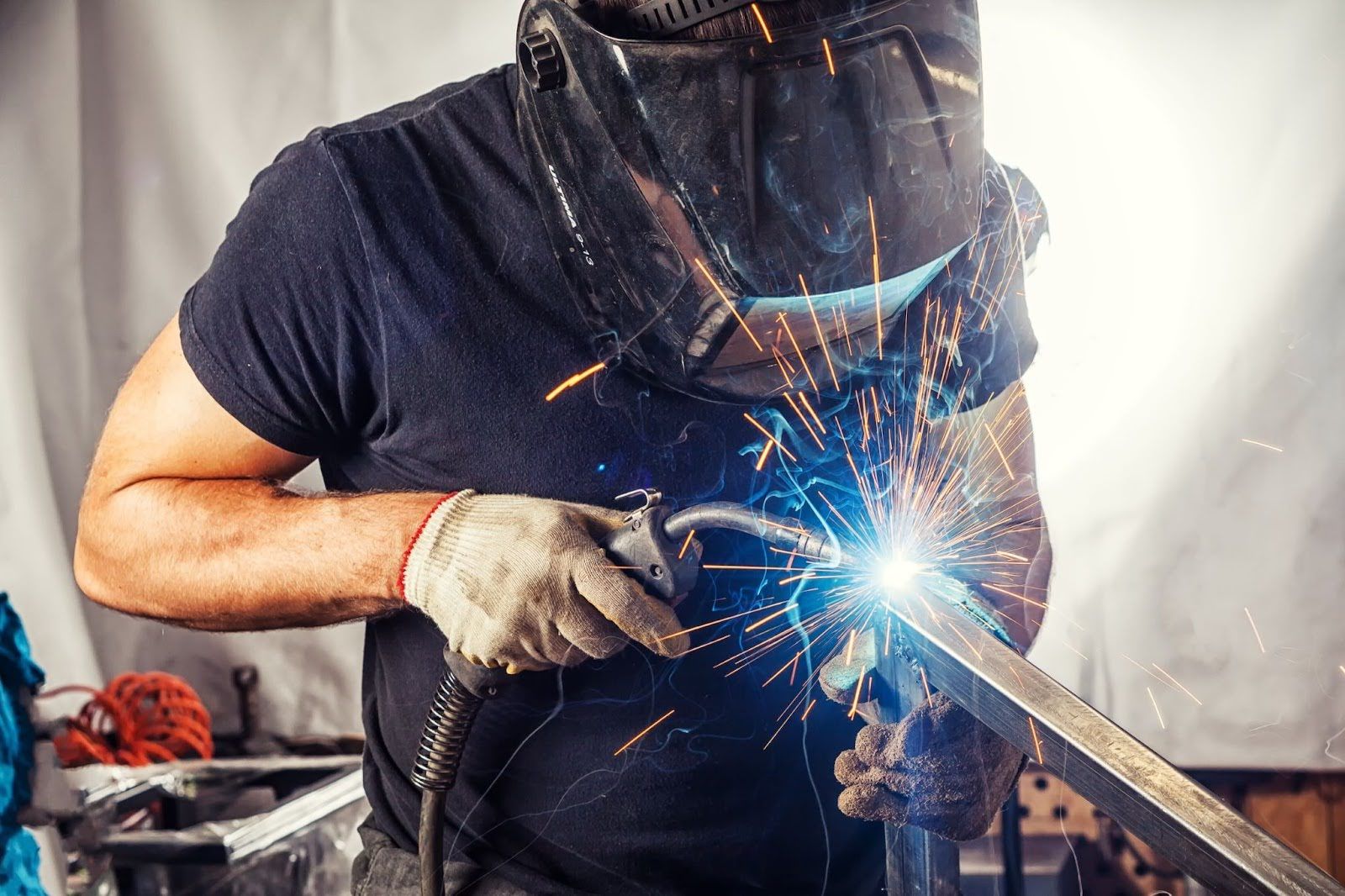Understanding the Art of Welding: Just How to Prevent Undercut Welding Issues for Flawless Fabrication Results
Efficiency and precision are paramount on the planet of welding, where also the smallest blemish can compromise the architectural integrity of a made item. One typical challenge that welders face is undercutting, a defect that can lead and damage a weld joint to costly rework. By comprehending the origin of undercut welding and executing efficient strategies to prevent it, welders can raise their craft to brand-new degrees of excellence (Preventing weld undercut). In the pursuit of perfect manufacture outcomes, mastering the art of welding to avoid undercut problems is not simply an ability yet a necessity for those pursuing excellence in their job.
Understanding Undercut Welding

To stop undercut welding, welders should guarantee proper welding criteria, such as readjusting the current, voltage, travel speed, and preserving the proper electrode angle. Additionally, utilizing the appropriate welding method for the details joint configuration is crucial. Using weaving movements or backstepping techniques can help ensure appropriate weld steel deposition and minimize the likelihood of undercut formation. Regular evaluation of welds throughout and after the welding procedure is also important to capture any kind of undercut early and make required modifications to stop further flaws. Preventing weld undercut. By recognizing the causes of undercut welding and executing safety nets, welders can attain high-quality, structurally sound welds.
Causes of Undercut in Welding
Recognizing the aspects that contribute to undercut in welding is essential for welders to create premium, structurally sound welds. Poor welding present or wrong welding rate can also add to undercut. Recognizing these reasons and executing appropriate welding techniques can help stop damaging issues, making sure strong and resilient welds.
Techniques to stop Undercutting

To mitigate the threat of damaging in welding, welders can use calculated welding methods aimed at enhancing the quality and integrity of the weld joints. In addition, making use of the right welding method for the particular joint configuration, such as weave or stringer beads, can add to minimizing undercutting.
Additionally, proper joint prep work, consisting of guaranteeing clean base products without pollutants and utilizing the appropriate welding consumables, is crucial in preventing undercut issues. Utilizing back-step welding techniques and regulating the weld grain profile can additionally assist disperse warm evenly and decrease the danger of undercut. Regular examination of the weld joint during and after welding, along with carrying out quality control steps, can aid in identifying and attending to undercutting concerns quickly. By implementing these strategies diligently, welders can attain perfect construction results with marginal undercut problems.
Relevance of Proper Welding Specifications
Picking and maintaining proper welding criteria is vital for attaining successful welds with minimal issues. Welding specifications describe variables such as voltage, present, travel rate, electrode angle, and protecting gas circulation price that directly affect the welding procedure. These parameters should be very carefully readjusted based upon the kind of product being bonded, its thickness, and the welding technique employed.
Proper welding parameters make certain the correct amount of warm is applied to melt the base metals and filler material consistently. If the criteria are established too expensive, it can lead to extreme heat input, creating distortion, burn-through, or spatter. On the other hand, if the parameters are too reduced, find out insufficient blend, absence of infiltration, or undercutting may happen.
Quality Control in Welding Workflow

Final Thought
In conclusion, mastering the art of welding calls for a detailed understanding of undercut welding, its reasons, and methods to avoid it. By making certain proper welding specifications and executing quality guarantee methods, remarkable construction results can be attained. It is necessary for welders to regularly pursue quality in their welding operations to prevent undercut issues and generate premium welds.
Undercut welding, an usual flaw in welding processes, takes place when the weld metal does not properly load the groove and leaves a groove or depression along the bonded joint.To prevent undercut welding, welders must guarantee correct welding visit this site parameters, such as changing the current, voltage, travel rate, and maintaining the right electrode angle. Inadequate welding incorrect or existing welding speed can likewise add to undercut.To reduce the danger of undercutting in welding, welders can utilize critical welding strategies aimed at improving the high quality and integrity of the weld joints.In final thought, understanding the art of welding needs a thorough understanding of undercut welding, its reasons, and methods to stop it.